I have recently bought a new camera to make videos while traveling and to document my life. I was planning to get some zoom lenses, which are very convenient for changing focal length quickly for documentary work and vlogging.
Unfortunately, at this time, neither the Sony 24-70mm 2.8 GM II nor the 16-35mm PZ were released yet. So I had to opt for fast prime lenses instead. Which have always been my first choice as a photographer.
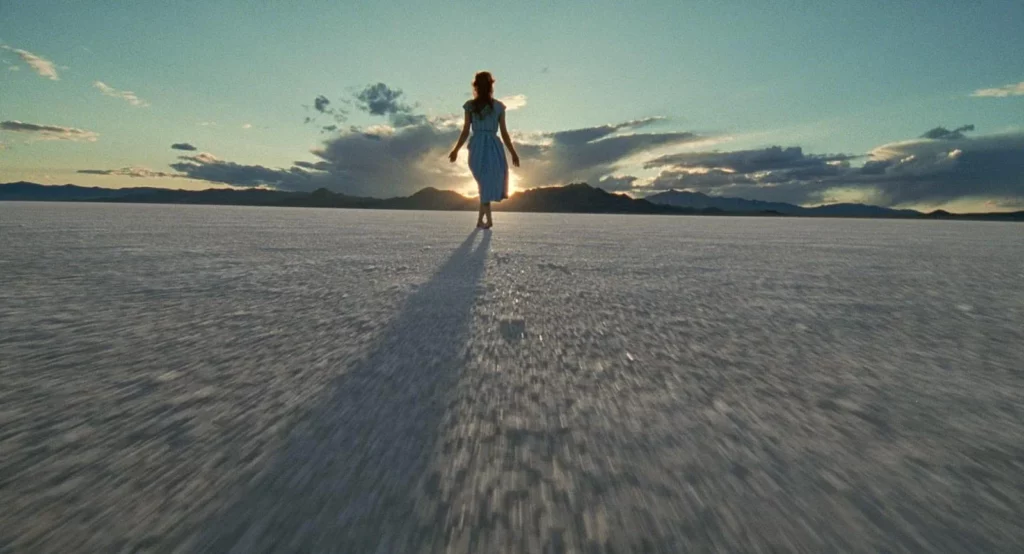
Director of photography Emmanuel Lubezki
Choosing a set of prime lenses was also a seductive idea for making corporate and cinematic videos. Prime lenses are cheaper and usually have a faster aperture and better image quality than zooms. They can achieve more “impressive” images, in my opinion. Prime lenses are also light, which makes them more ideal for gimbal work.
For digital photography, I used to have 3 Nikon prime lenses: a wide-angle 24mm, a standard 50mm, and a short telephoto 85mm, all ranging between f/1.8 and f/1.4.
From my experience, photography and video lens needs are very different, both in terms of focal length and aperture. Video tends to need more wide angles, especially without a set and a fourth wall setup.
So 16-35mm zooms or equivalent tend to be the first choice for content creators. Superfast lenses are not necessary these days, since high ISO is so clean now.
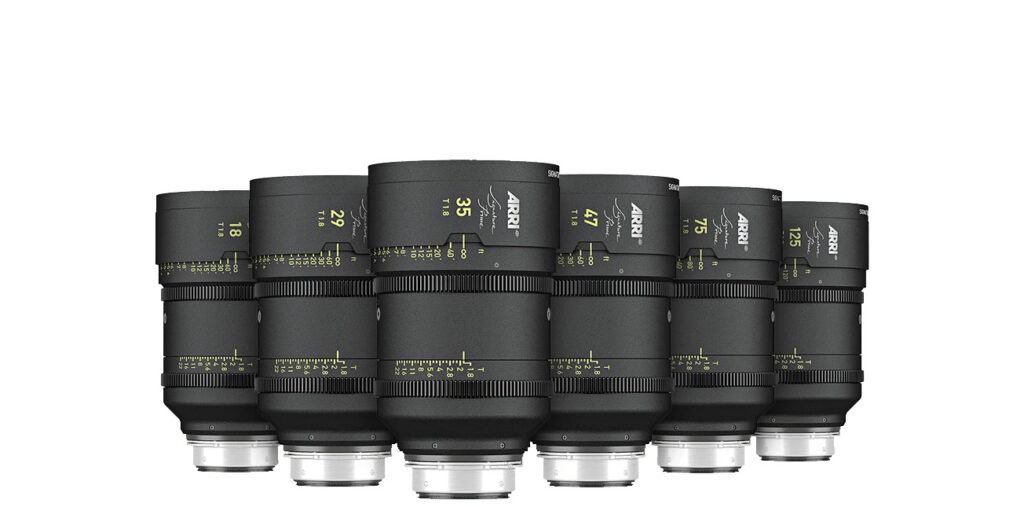
You might need to have a lot of blur, but even Arri Signature Prime Lenses are “only” T1.8 across the board, and those lenses are very expensive and have materials that lose value faster than gold. So ultrafast lenses have really become effect lenses.
Choosing a system
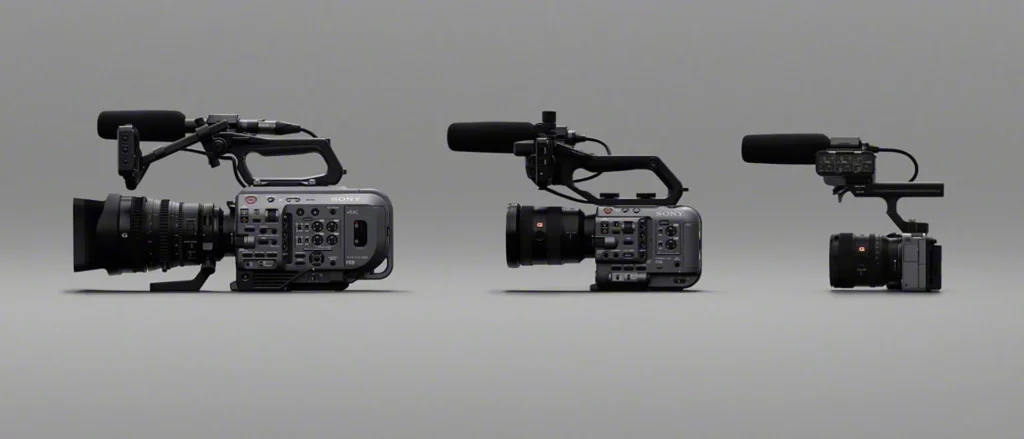
I think today it’s not even debatable anymore; Sony has the best mirrorless system when it comes to full-frame video and stills. It’s very hard to beat the Sony A7S III and FX3 when it comes to features, ergonomics, image quality, and weight, and this is coming from a Canon and Leica fanboy.
They have a cinema line using native FE lenses, and even have a fully professional cinema camera, the Sony Venice 2.
Sony lenses are also the best, in my opinion, for hybrid shooting. If you compare Canon, Nikon, and Sony lenses at the same focal length and aperture, Sony will always outperform its competition almost in every category.
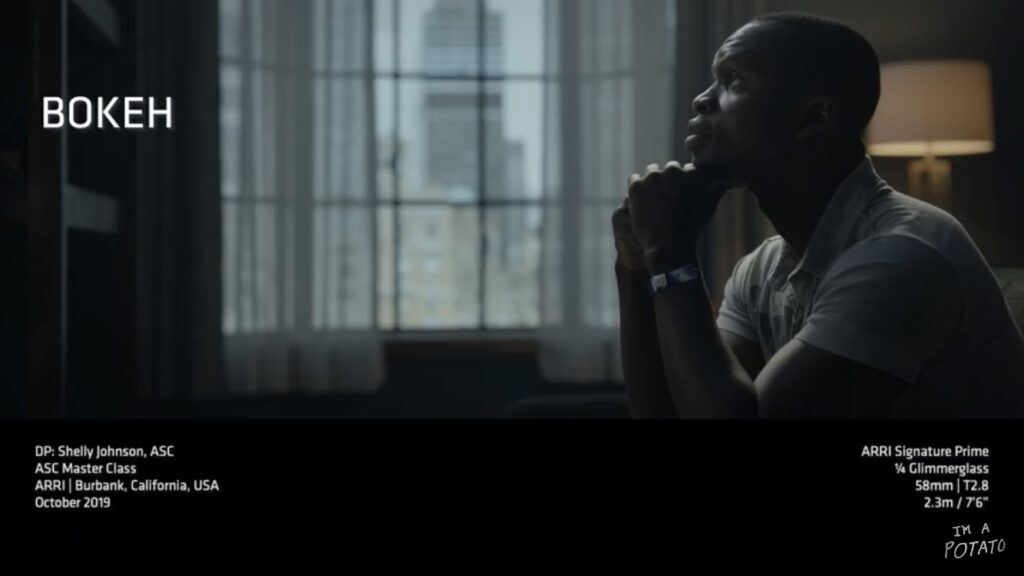
The bokeh of Sony lenses is the closest to the Arri Signature Primes that went for ultra smooth. It’s almost like the bokeh you would get in video games or from 3D VFX artists, compared to bokeh coming out of a lens. A very modern look makes you forget that you are actually looking through glass.
Notice how the bokeh just falls into ultra smoothness, so smooth that your eyes have nothing to hold on to either.
Most of these Sony lenses are very well controlled, or even corrected, when it comes to breathing compared to Canon. The A7IV even has a breathing correction integrated into its body. Perhaps the only other company making great lenses is Leica, with their alliance with Panasonic. But these lenses are made for manual focus since their bodies are still using contrast detection.
Chromatic aberration, lens distortion, and flare are no longer issues with newer Sony lenses. Sony had a partnership with Zeiss for years, so they learned from the best.
Choosing a set of lenses
Since I started photography, I’ve always chosen native lenses. Even if some lenses like Sigma were better on paper than say Nikon, for me, native lenses will always perform the best when it comes to compatibility, especially now with the amount of software corrections.
Since videos need wider lenses, I opted for 3 lenses:
- An extreme wide angle: Sony FE 14mm 1.8 GM
- A standard angle: Sony FE 35mm 1.8
- A short telephoto: Sony FE 85mm 1.8
All these lenses are light weight, have great autofocus, but also have a silent, linear focus response that is perfect for repeatable manual focusing. Perfect for gimbal work and operating solo.
Sony FE 35mm 1.8 (280g)
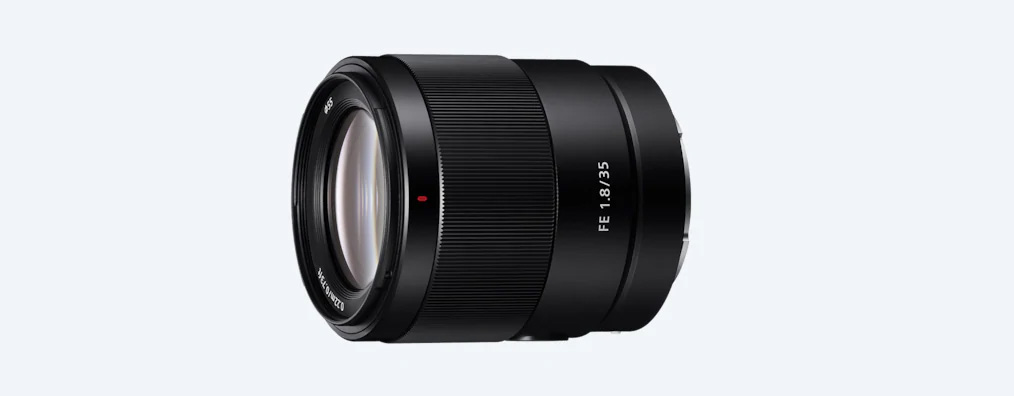
The Sony FE 35mm 1.8 was an easy choice, even though 50mm is my favorite focal length of all time with its natural perspective. I find 50mm to be not wide enough for video work, a bit too focused on subjects for a standard.
35mm is very similar but wider and has a tiny bit of distortion, but these days with correction it is almost unnoticeable. For interior shots, this focal length is so much more versatile. I find 35mm to look more natural than 24mm.
This lens is very expensive for a 35mm 1.8, which is usually a budget-friendly option. But this lens has an amazing advantage when it comes to video, even over the top of the 35mm 1.4 GM range. It exhibits no focus breathing whatsoever and is very light weight.
It is the favorite lens of YouTubers such as Brandon Li and MABO.
Sony FE 85mm 1.8 (371g)

On all systems, the 85mm 1.8 is one of the best bangs for the buck, or, in other words, price versus performance. 85mm tends to be naturally sharp and produce a lot of compressed bokeh.
Perhaps its only downside is the minimum focusing distance; it is very hard to get a macro shot of an eye, for example, with these types of lenses.
The lens also exhibits a good amount of focus breathing, which can be very distracting while changing the focus from a far to a near subject.
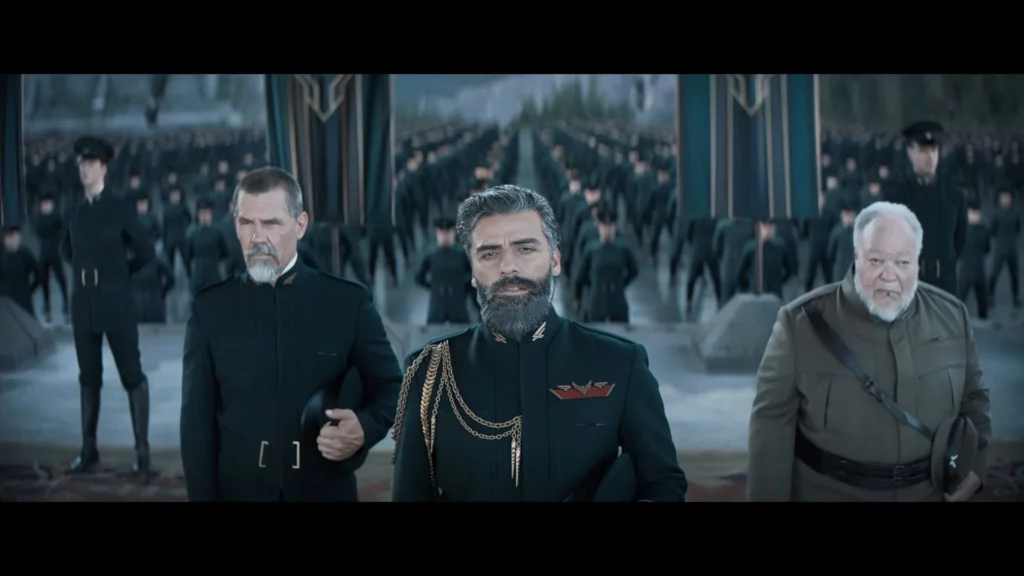
Director of Photography Greig Fraser
This focal lens is usually used for close-ups and can produce very beautiful images. Dune Shot By Greig Fraser was mostly shot on telephoto lenses on large format, which makes the actors look amazing while the depth of field is extremely thin. Oddly enough, the film still gives a sense of scale to the world and its armies, even with a short telephoto. The anamorphic nature of Panavision Ultra Vista lenses probably helped a lot.
Sony FE 14mm 1.8 GM (460g)
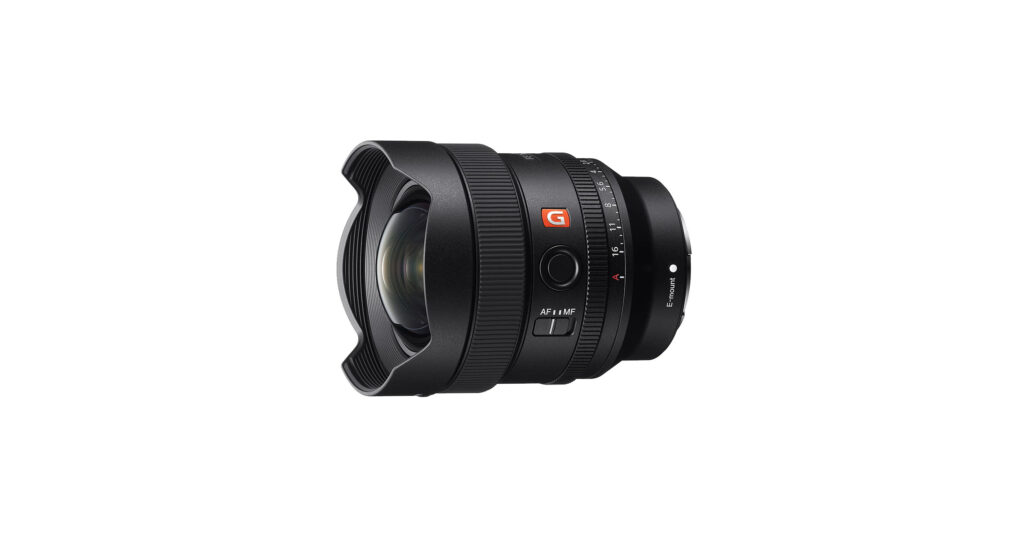
This lens is the one I have spent the most time deciding on. I knew I needed a lens wider than 24mm; I’ve used 24mm in the past for video, and while outside it seems to be wide enough, inside a house it always feels too tight.
If the advantage of a 24mm lens is that, despite being wide, it still feels fairly natural in its perspective, this focal length is not interesting for real estate and a bit boring unless shot at 1.4. It is very similar to 35 mm, but with more distortion.
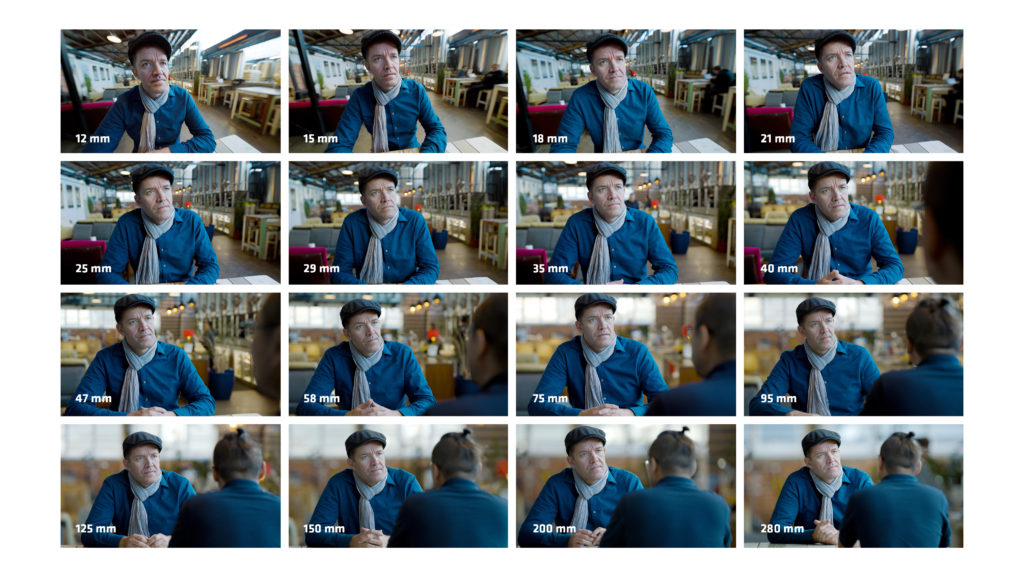
The inconvenient of the 14mm is its perspective distortion, which is the nature of ultra-wide lenses and can be perceived as unnatural. The spherical front element in ultrawide lenses usually protrudes, especially the ones with fast aperture. So no filter thread and no variable-ND filter can be mounted in front without special accessories.
Sony’s 20mm f/1.8 G was also an option. Having a 67mm front size filter meant that I could use one 67mm to 82mm step up ring, the same as my 85mm, to put a variable ND filter. Unfortunately, even if 20mm is the perfect focal length for most wide-angle shots, it is still a bit tight for real estate videos.
The only real alternative was a zoom lens, including 16–35mm, or a prime lens between 14 and 18mm. I honestly feel like 18mm looks the best as it is the perfect balance between natural field of view and wide angle of view.
So the new FE 16-35mm PZ is the only other native alternative, and I am still debating it to this day. This lens is light, has an amazingly useful range, almost breathes focus, and has a power zoom that creates new possibilities (vertigo effect). Perhaps the only downside is its f/4 constant aperture, which still looks amazing with a 3D pop but doesn’t gather enough light at night even in the second native setting of Slog 3 at ISO 12,800.
Of course there are the 16-35mm 2.8 GM or the 12-24mm 2.8 GM, but those lenses are way too big, heavy, and expensive to be practical.
The Sony 14mm 1.8 GM is very expensive but extremely compelling for real estate. The goal of real estate video is to present as much field of view as possible to comprehend the space and also, thanks to perspective distortion, make the interior appear more spacious than it really is.
It’s a very fast and sharp lens even at 1.8, so there’s less need to use the second native ISO of 12,800 all that much, and in some situations, it can even have a shallow depth of field.
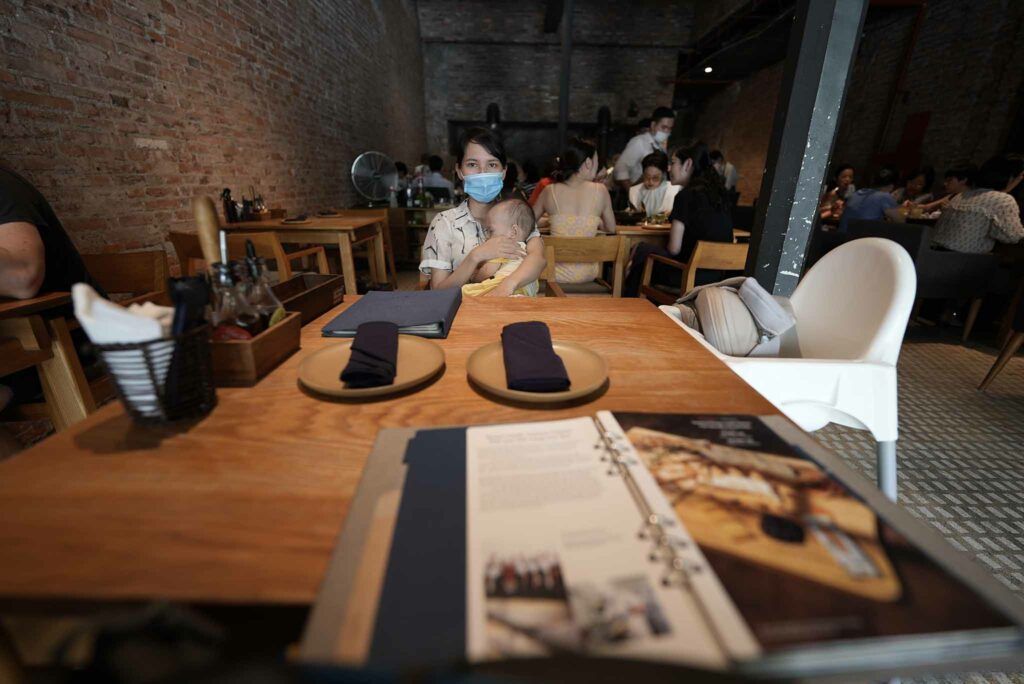
As you can see, the lens doesn’t show much barrel distortion, meaning that unlike a fish eye, it doesn’t curve straight lines. This lens is rectilinear, meaning that lines stay straight even on the edges. It basically exaggerates spaces, which can look odd, especially when they don’t move at the same speed during a video.
The lens is a bit wide for vlogging behind the camera, but there is always the possibility of using a 35mm crop, effectively giving a 21mm equivalent.
Why choose an ultra-wide-angle lens?
Ultra-wide-angle lenses show strong perspective distortion, meaning that objects in the foreground and on the edges tend to appear bigger than they really are, and objects farther away appear even farther.
If our own human vision also has this perspective distortion, for example, when watching your phone in front of your face, it looks bigger than, say, a TV, the distortion is not as pronounced as an ultra-wide.
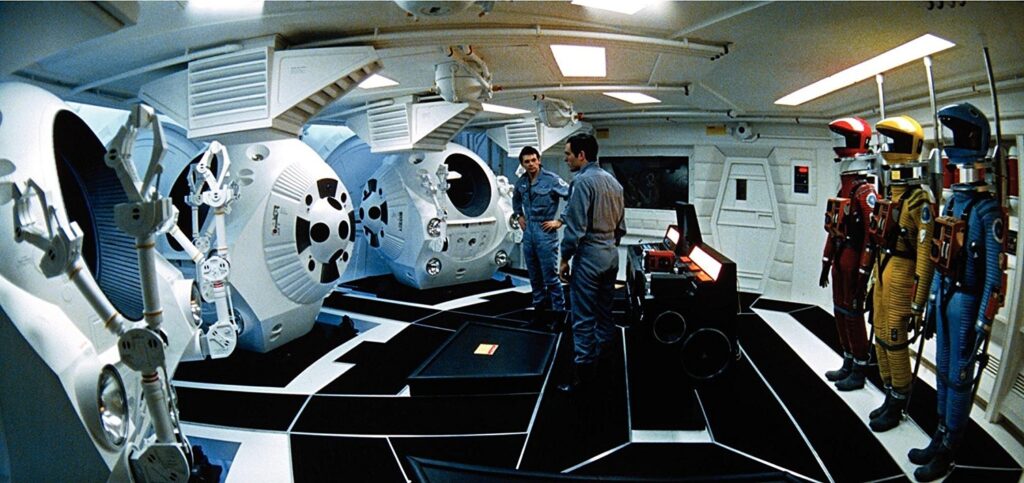
Cinematography by Geoffrey Unsworth and Jonh Alcott
In cinema, this focal length is perfect for capturing the scale of an environment. Stanley Kubrick used a lot of wide-angle lenses, notably a Kinoptik 9.8mm on Super 35mm, or around 14–15mm equivalent on full frame.
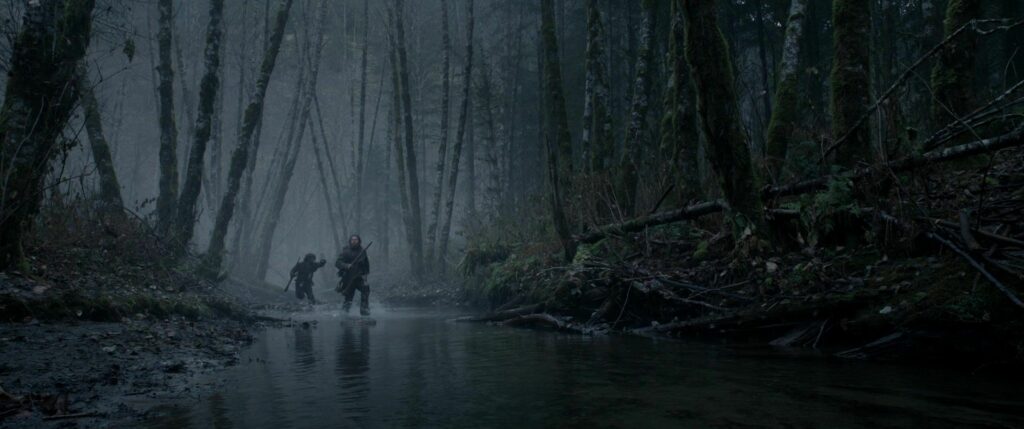
Director of photography Emmanuel Lubezki
The most notable movie entirely shot on wide angle is probably The Revenant, which is one of the most immersive movies in the wilderness. Partly shot on 65mm (Arri Alexa 65) and Super 35mm digital (Arri Alexa XT). They used wide lenses of 12mm full-frame equivalent and above.
Understanding human field of vision
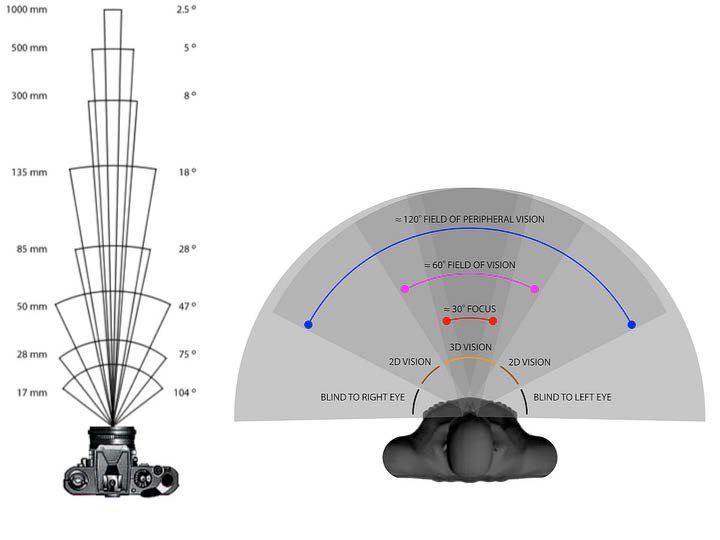
If 50mm is the most natural focal length (on full frame) when it comes to mimicking human perspective, I believe it only accounts for less than the 60° field of vision, which is the part we can see in 3 dimensions.
The focal length of 35mm appears to be closer, with a diagonal field of view of 63.4°. Perhaps the 50mm sits perfectly between our field of vision and what we can actually perceive in focus at 46.8°. That’s why 35mm and 50mm have always been an eternal debate for many photographers as standard lenses.
Our field of view, meaning the total amount we can perceive, is 130° for each eye, making a total of 180° for both eyes horizontally and 135° vertically.
The 14mm 1.8 GM is reported to have a 114° field of view diagonally, which corresponds to a bit less than the 120° peripheral field of view humans have. The rest is either blind to our left or right eye. 12mm is actually closer at 122°.
Conclusion
As you can understand, cinema is usually trying to mimic human vision, or more precisely, one of the fields of our vision, to make it more relatable to the human experience.
But this is only part of the equation. Having a VR set with a 180° fixed view and a 360° total field of view is not desirable for movies, since a movie has much more impact if composition and framing are carefully crafted to control what you can and cannot see. Your experience, unlike a game, is framed and guided by emotions.
For example, close-ups and camera movements are supposed to be motivated for the story. A close-up is signaling the audience that something important is happening and you should pay attention to it. Using a telephoto lens for normal dialog will make you feel far away, almost spying on the characters with binoculars, whereas an over-the-shoulder shot with a standard lens will make you feel present in the scene.

Blade Runner 2049 Directed by Denis Villeneuve
Director of photography Roger Deakins
Ultra-wide angles are supposed to give an important scale to the environment, bring isolation to a character, or remove power from him in his surroundings. It can magnify the space in small interiors, which is handy for real locations outside a studio. It is also good for fitting everything in one frame.
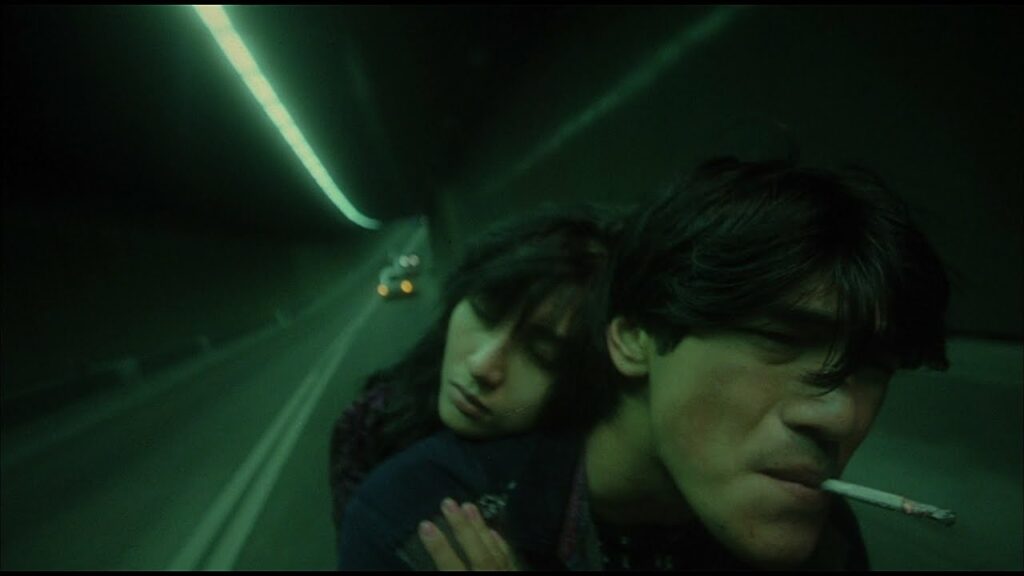
Director of photography Christopher Doyle
Let’s be honest, ultra-wide angles also look impressive and cool; they are perfect for giving a sense of distances in a scene, even if perspective distortion can make it feel unnatural at times, which can be intended to mimic the vision of a character under the influence of drugs or to give a sense of humor to a character with distorted faces.
But with enough control over framing and composition, these lenses are the best to mimic our peripheral vision and give us the experience of discovering a massive place with our own two eyes.
In my opinion, this type of lens is a must-have for any cinematographer and any video producer trying to give a sense of scale to a place. To make videos about interesting interior design of hotels, restaurants, attraction park, etc.
As when it comes to which focal length is best for a wide or ultra-wide angle, in my opinion, 18mm looks like the perfect middle ground between a wide field of view and distortion for cinema. Whereas 14mm is the perfect middle ground for real estate and architecture.
Informations
Video Production : https://www.neonnight.fr


GIPHY App Key not set. Please check settings
One Comment